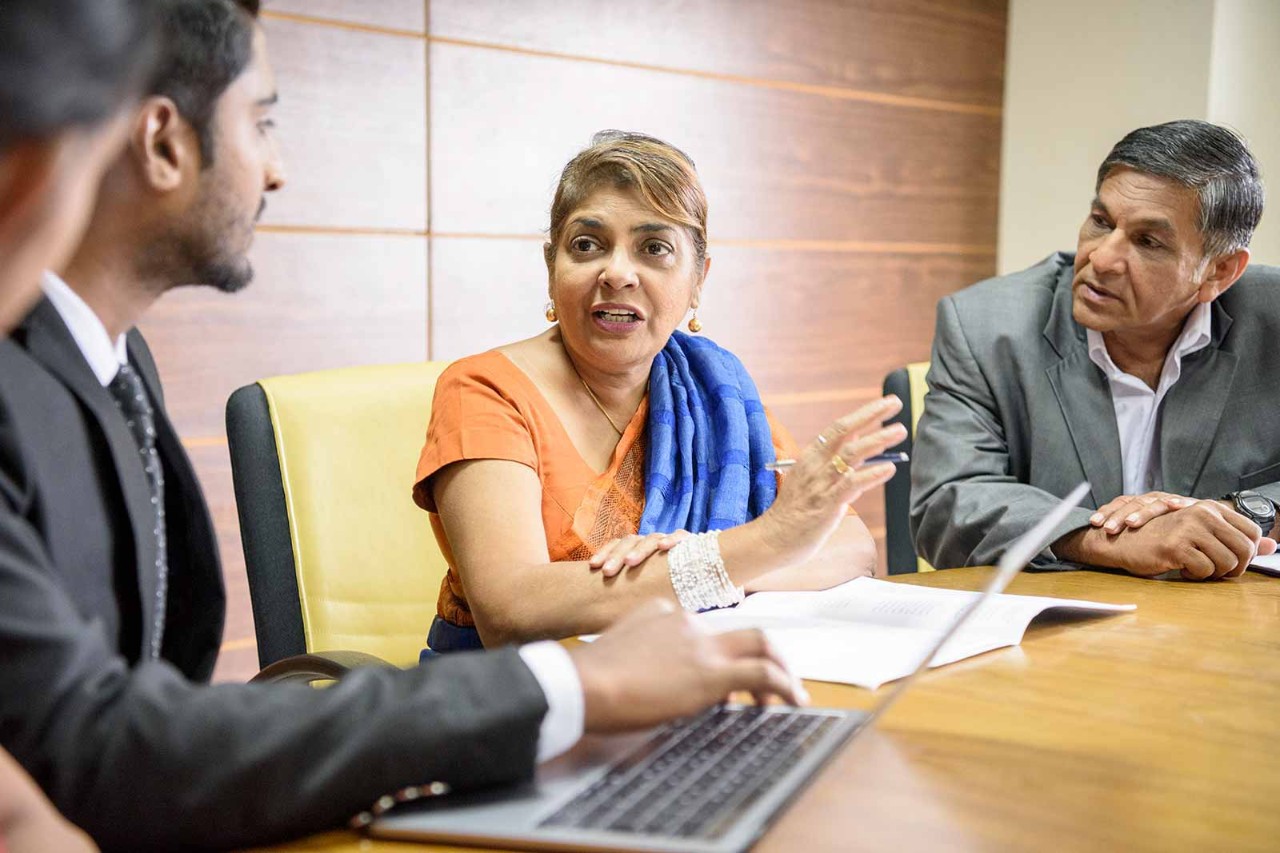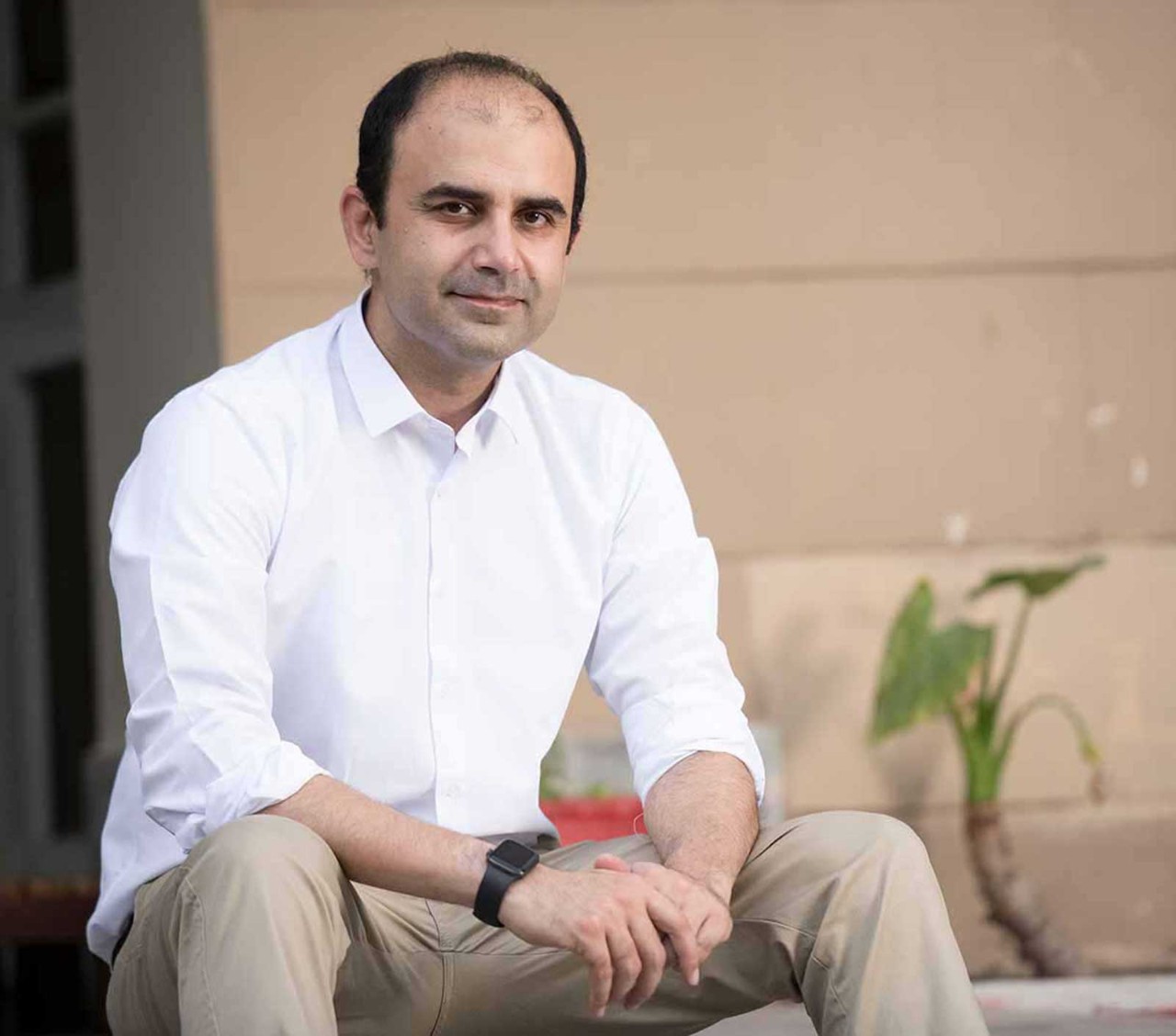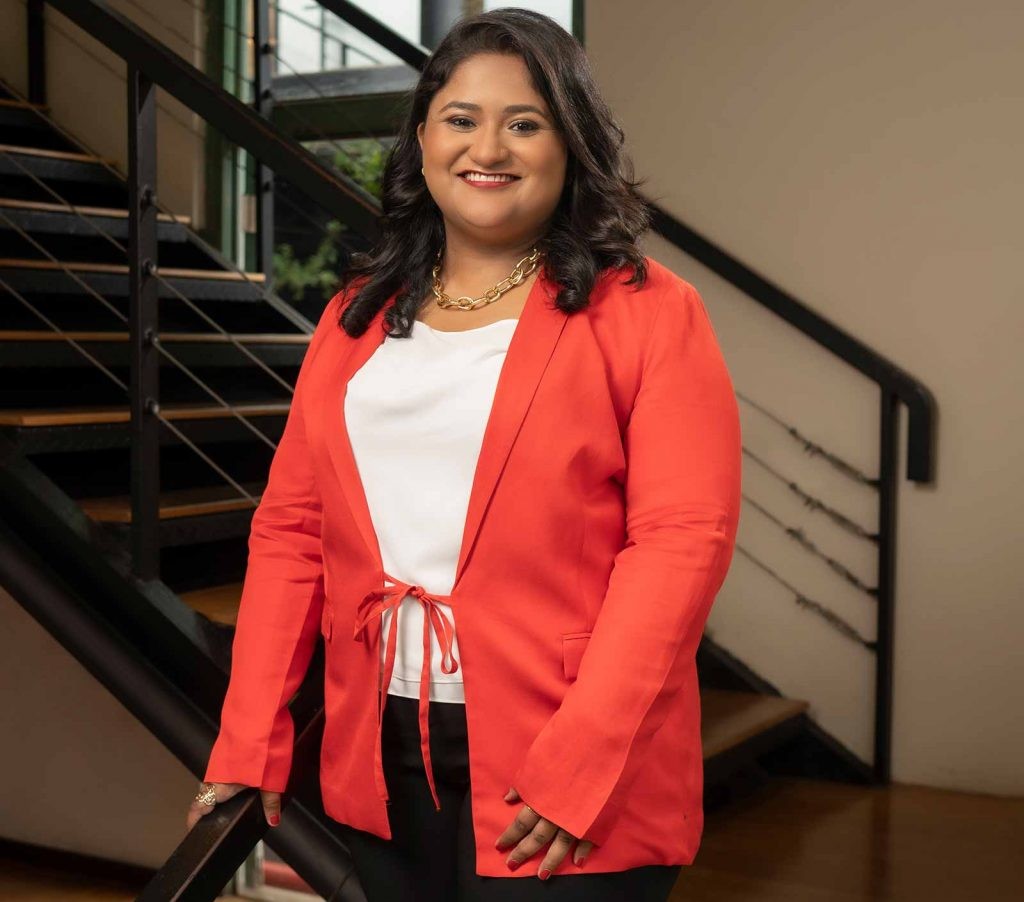
The construction sector in the Middle East is key to the regional economy, and it is on the threshold of a much-needed pivot that could see it become a global leader in industry best practice. With the Qatar World Cup football tournament taking place later this year, and the UAE hosting the COP 28 global climate talks in 2023, the industry is gearing up for transformation.
Undervaluation concern
However, before it can, a number of challenges need to be overcome. A comprehensive set of initiatives – some already under way – will be needed from multiple parties if capital projects are to be delivered. These initiatives will benefit all stakeholders, including investors, lenders and owners, and create capital assets that are economically and ecologically sustainable.
The challenges in delivering major, complex and innovative capital projects with unprecedented levels of capital expenditure (capex) have resulted in an undervaluation of the work in progress.
In Saudi Arabia, for example, there has been a 230% increase in the value of projects awarded over the next five years (US$569bn) compared with the last five-year period (US$112bn). These include the flagship ‘giga-projects’ and other substantial portfolios and programmes, such as the Saudi Entertainment Ventures (Seven) leisure complexes and Diriyah Gate, a historical and cultural destination.
We need to see feasibility studies that really challenge the purpose of the asset and the expected ROI
Whole-life cost
Capex delivery of this scale requires developing new scorecards for procurement, rebalancing contracting frameworks and reconfiguring delivery models: we need to see greater integration of master planning, and feasibility studies that really challenge the purpose of the asset and the expected return on investment (ROI).
This will require a whole-life-cost approach to procurement so that the asset is designed and built with a clear business plan. It should be linked to a predefined financial and sustainability ROI, and incorporate clear sustainability objectives through upfront planning on the design, build and asset management. And all this will need to be monitored throughout the build and operating phases.
The strategic plans for major projects can be broken down into six phases:
- Why: a portfolio, programme or project is happening, with clear objectives
- Where: its location, to understand the market specificities
- When: it needs to be completed, with clear timelines
- Who: the bespoke nature of capital project delivery creates unusual dynamics that require certain capabilities to be in place at a point in time
- What: organisations need to determine the type and mix of assets required to deliver a project while also generating an ROI through implementation phases
- How: without a strategic execution plan and a defined operating model, organisations have faced difficulties in meeting cost and schedule targets.
We see in the market that organisations are struggling with the ‘who’, ‘what’ and ‘how’ elements. They need to focus on the development of their own internal capability to support the management, review and analysis of project performance, and to drive greater accountability and ownership of decisions.
The default project delivery model is to rely on management reporting from third parties, but this has led to delayed decision-making from project owners.
To deliver the scale required and without financial and economic waste, collaboration is required
New alliance
Many transformation programmes in the region are portfolios – projects of financially and operationally interdependent assets that require unprecedented levels of capex over which no single project manager or delivery partner can take overall responsibility.
To deliver the scale required, without financial and economic waste, collaboration is required – through a new form of alliance between all stakeholders.
The transformation is entirely achievable and by following a roadmap based on sound asset management principles, as the core foundation of capital investment, it will stimulate and increase GDP, encourage foreign direct investment and ultimately improve the quality of life of residents in the Middle East.



